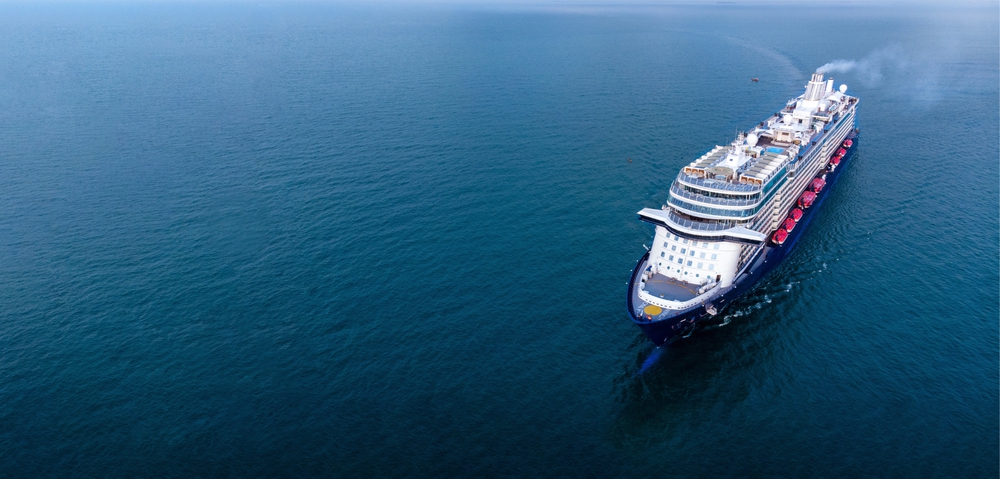The hundred refugees from the burned camp are still in the Greek asylum procedure. There they are removed by the Netherlands. Here their procedure is further processed and it is checked whether they can stay.
UNHCR
It has been agreed that the hundred will be deducted from the quota of five hundred so-called UNHCR refugees who are brought to the Netherlands every year. The UNHCR is the United Nations refugee agency.
These are the most poignant cases in a hopeless situation in dangerous areas for them. These are resettled in the Netherlands without having to apply for asylum.
–
–
The difference between a refugee and an asylum seeker
The title of this piece says ‘refugees from Moria’, but it actually concerns asylum seekers. That’s how it works:
An asylum seeker can be a refugee, but not necessarily. People can also apply for asylum for economic reasons, for example. Research must show whether an asylum seeker falls under the United Nations Refugee Convention and therefore needs protection.
UNHCR refugees are classified as refugees even before they arrive in the Netherlands. Every year, the Netherlands invites five hundred of these refugees, selected by the UN.
The people of Moria are not UNHCR refugees. They will therefore have to complete their asylum procedure here, before it must prove that they are refugees and are allowed to stay in the Netherlands.
–
–
As has now been agreed, one hundred fewer of these UNHCR refugees will be admitted next year. Suppose everyone from Moria is allowed to stay in the Netherlands, it will not cost the taxpayer an extra euro.
This costs our asylum policy
But the asylum process that the 100 refugees are now entering does cost money. The national government itself calculated that the reception of an asylum seeker costs an average of 27,900 euros annually. This concerns, among other things, housing, health care, living expenses and the personnel costs of the Central Agency for the Reception of Asylum Seekers (COA).
The COA will receive more than 606 million euros from the treasury this year, it has been estimated. Although that is just under half of the complete migration budget. Another major expense is the Immigration and Naturalization Service (IND). He will receive 414 million euros.
–
–
IND
The IND processes asylum applications and is therefore examining whether people from Moria can stay in the Netherlands. If we put those hundred in perspective, there are not many.
It is expected that 29,500 asylum seekers will come to the Netherlands this year. The costs for the IND per asylum seeker are just over 14,000 euros.
If we add that 14,000 euros to the 27,900 euros, we come to 41,900 euros per asylum seeker. Multiply that amount by 29,500 asylum seekers and we arrive at over 1.2 billion euros. And that is also the amount that is on the national budget for migration this year.
–
–
Children
Childcare is more expensive than adult care, because guardianship duties have to be arranged.
The second largest cost item on our migration budget is therefore Nidos, the organization that takes care of children and young people who have fled to the Netherlands. So half of the Moria refugees are helped by Nidos. This concerns unaccompanied minor foreign nationals (UMA).
Guardianship institution
The costs that Nidos incurs for these unaccompanied minors are estimated at more than 28,900 euros per child. This is paid for guidance, but also for finding accommodation and a school. “We are a guardianship institution. We do the same thing a parent does,” explains spokesperson Elsbeth Faber.
Unaccompanied minors are placed in a foster family immediately upon arrival until they are fifteen. That also applies to the fifty ‘Moria children’. Older children first go to an asylum seekers’ center and are only placed with a foster family when they have a residence permit.
costs
As said before, taking in the 100 refugees from Moria costs exactly zero extra. Nothing extra, but it does cost money. If we use the above figures, we can make a rough estimate.
The admission of fifty adults costs 2,095,000 euros. Admitting fifty children under the age of fifteen costs 2,145,000 euros. Together that is 4,240,000 euros.
Because these are people, each with their own needs and help, there is no precise price tag to be attached.
–
–


